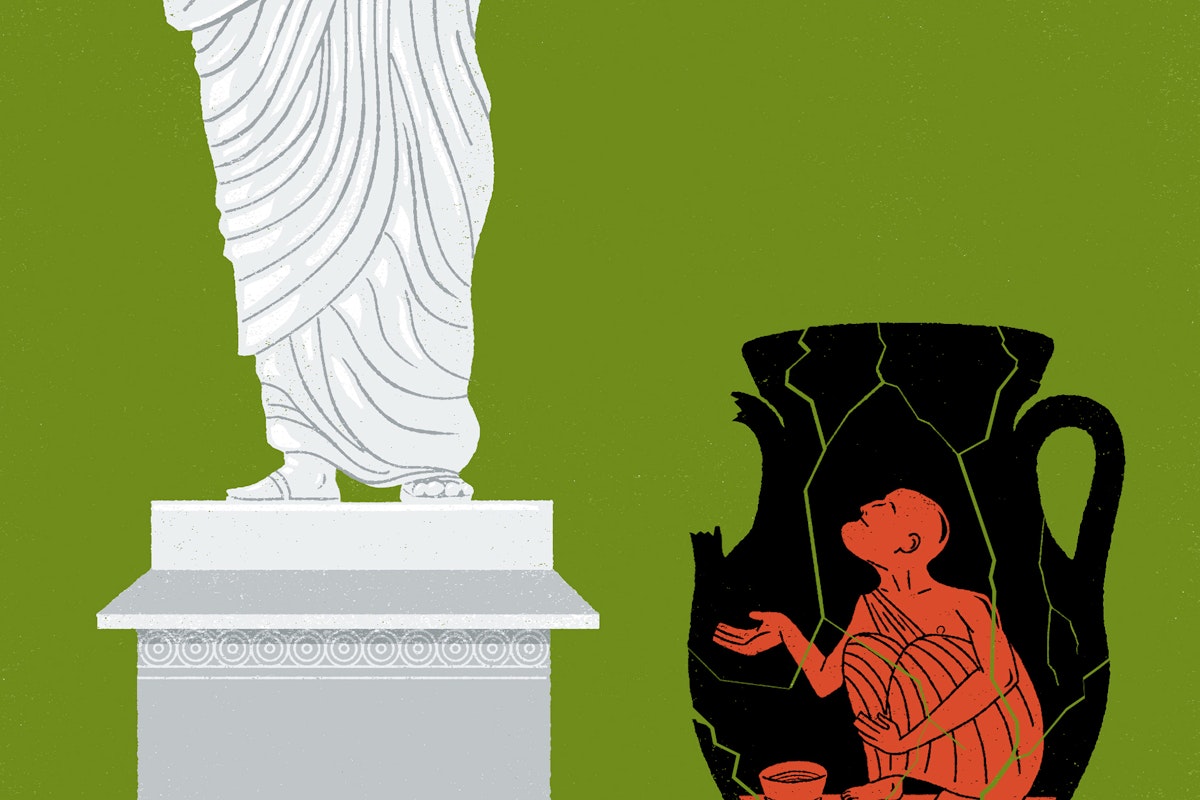
Like all modern social scientists, Alfani and Milanovic have access to datasets and computing power that would astonish classical economists like Adam Smith and David Ricardo. They make use of these advantages to achieve a clearer understanding of the past, tracing inequality through the histories of Western Europe and the United States. Alfani begins his timeline in the Middle Ages (with the occasional flashback to antiquity and prehistory); Milanovic picks up the story in the eighteenth century. Today’s dry mathematical analysis of income and wealth shares may lack Ricardo’s eloquence or Marx’s fervor. But it gets right to the point in a way that theory and exhortation do not. We no longer have to wonder how unequally wealth and income were distributed in past eras; we can measure it.
In the beginning, inequality was driven by the bonds of family. Hunter-gatherer societies living at near-subsistence didn’t accumulate much, Alfani writes, but families passed on what little they had to the children. Next came land; the advent of agriculture depended on possession of land and animals of varying quality and quantity, cultivated more effectively by some than by others. Then came government, which allocated privileges and burdens unequally. Under the Roman Empire, the largest fortunes grew eightyfold between the second century BCE and the first century CE. During the latter period, the richest Roman (excluding emperors) was probably, per Alfani, one Marcus Antonius Pallas. Pallas was a former slave who made good. Less uplifting is that he got rich through government service, as treasurer to Emperors Claudius and then Nero. Pallas’s personal wealth grew so large that Nero eventually had him poisoned so that he could seize much of it. Variations on this practice persisted through the Middle Ages, with kings by divine right alternately building, borrowing from, and expropriating the fortunes of their richest citizens (typically nobles).
Wealth inequality was, it’s usually presumed, worse during the Middle Ages than it is today, and by many obvious measures, including the vast fortunes of Rufus, King William, and other medieval tycoons, it was. The richest person who ever lived, many say, was the fourteenth-century West African monarch Mansa Musa, who possessed nearly half the gold known to exist in the Eastern Hemisphere—putting in the shade the fabled King Croesus, who ruled Lydia during the sixth century BCE. Poverty, meanwhile, imposed a level of deprivation unimaginable to most of the world’s poor today (though not, sadly, to someone living at subsistence level in today’s poorest nations, according to a 2010 study led by Stephen Broadberry of the University of Warwick). Class divisions during the Middle Ages and Renaissance were not a matter merely of wealth; they were sharpened by sumptuary laws that dictated, for instance, what commoners were permitted to wear—in France, no golden embroidery or silk—or what sort of parties commoners could host to celebrate a baptism, including how many guests could attend and the value of presents one could accept.